4. March 2000 11:07
by Rene Pallesen
0 Comments
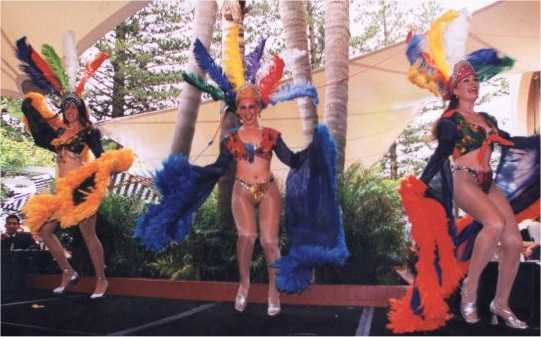
On this particular Saturday, I drove to Terrigal to see the Mexican Chilli Festival... it was excellent. I shot two rolls of film up there. Some of these pictures have turned out beautifully!
A couple of my Mexican friends were doing the entertainment there. Victor is very good at playing the mexican harp. His wife, Shiraz, is an excellent dancer.
I took a series of shots in colour and a series in black & white. I shall first show you the ones in colour and then in b&w, as the b&w ones are very artistic!
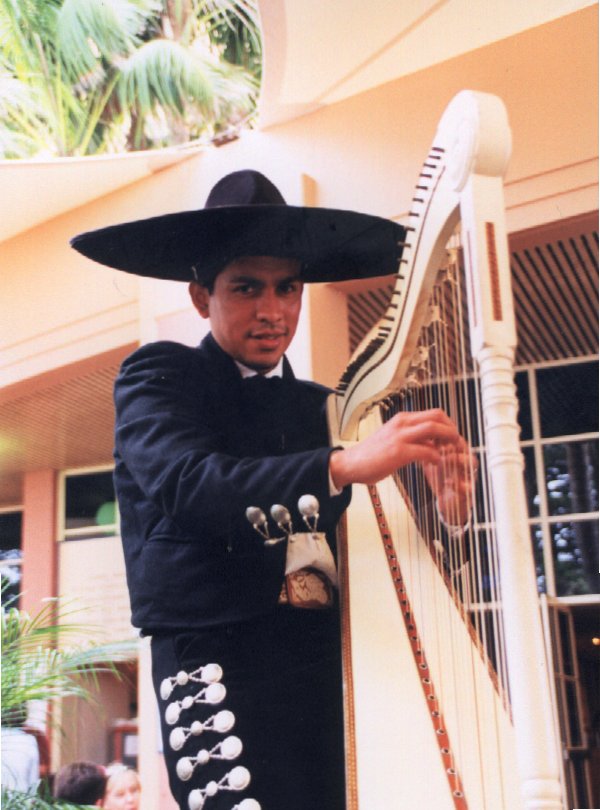

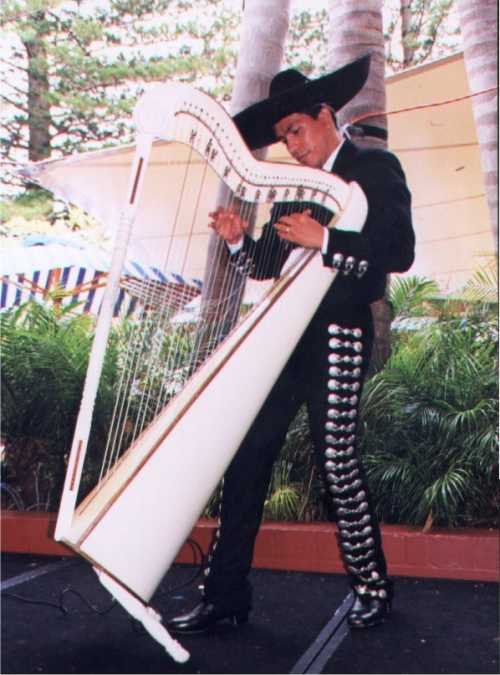
Victor plays the harp like a dream!
I was once at Lance's place - Lance was helping Victor record his music onto CD. The harp does not look like your ordinary orchestral harp. It was ornate and somehow
different. It is was a very beautiful instrument.



As you can see, these women are gorgeous! Something about silk stockings, I think...
Shiraz is the photo in the middle. She did quite a few numbers, and this was one of them. All 3 girls danced in a colourful combination!

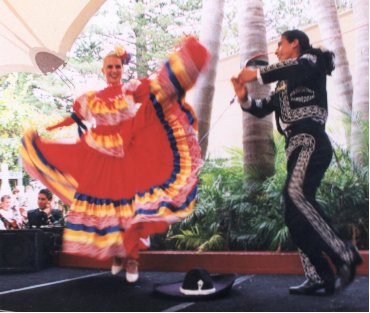
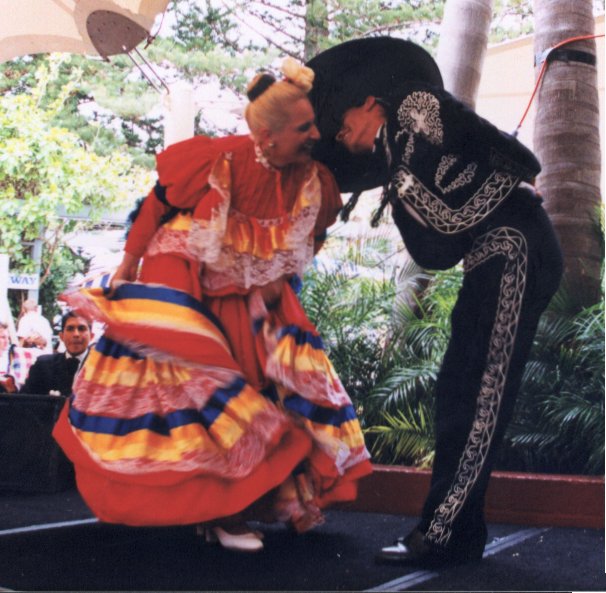
Here you see Shiraz dancing in a duet.
I have seen her do this dance at a similiar concert May last year, here in Lindfield. Victor and a couple of guitarists provided accompaniment to the dancing. Shiraz moved so fast that at times, all you could see was this colourful wave of skirts.
Her partner's costume reminded me of the costumes the Spanish toledos wore (except without the cape).
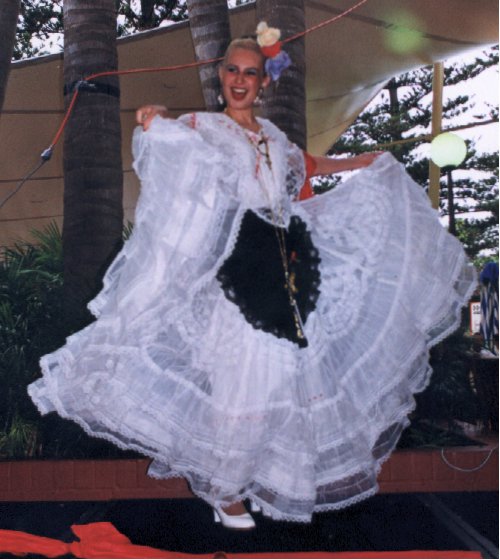

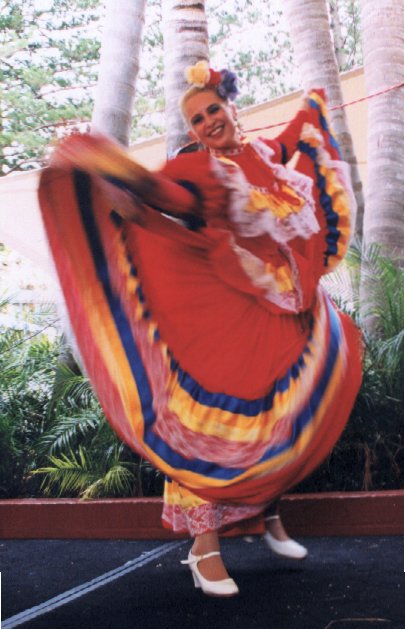
As you can see, Shiraz danced a number of dances that day.
It takes a lot of energy to do those dances!